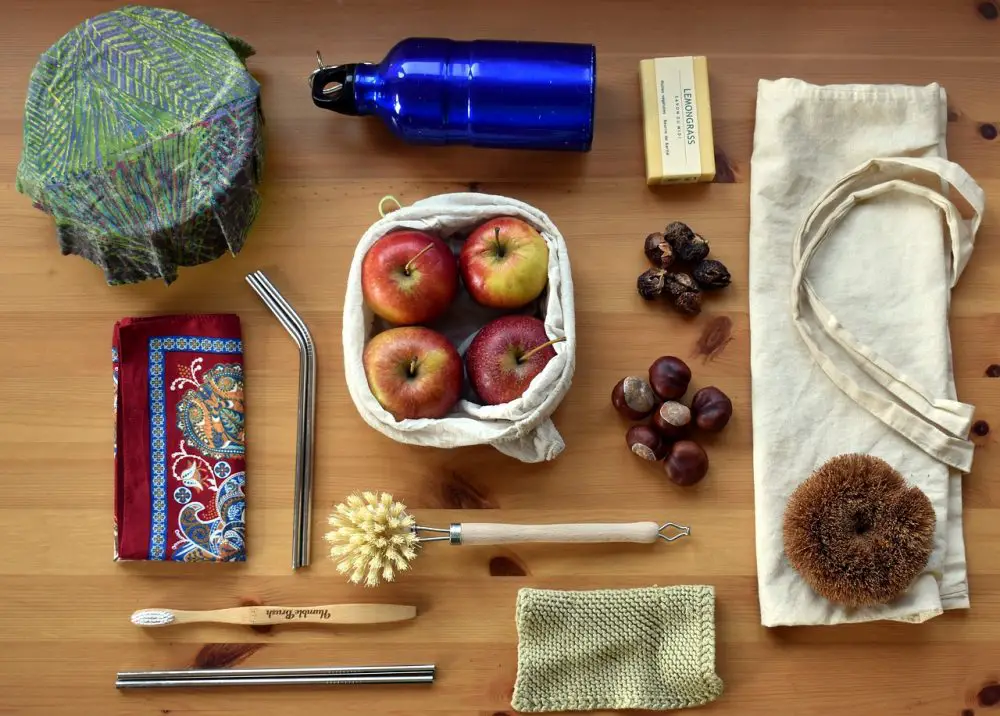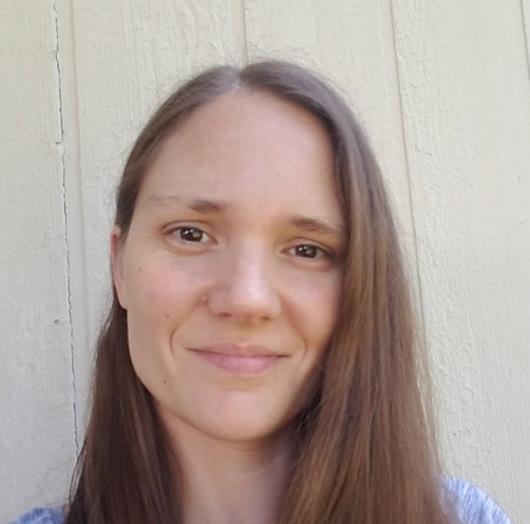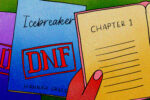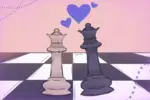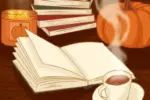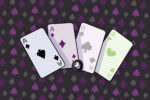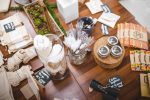Living zero-waste is not a new concept. If anything, it is a way of life long forgotten due to industrialization and overconsumption. Historically, societies typically reduced and reused everything they could; it was a natural process. Those days were ended by the Industrial Revolution, which brought many changes to the world, including the mass production of single-use items that generated immense waste. Now, most people find it natural to throw away tons of stuff without a second thought.
Daniel Knapp received credit for coining the phrase “zero-waste” and his concept of total recycling in the 1980s. However, this “new” lifestyle did not catch on until the 2000s. Many people find themselves inspired, for one reason or another, to turn back to less wasteful habits. But the idea of living a zero-waste lifestyle can feel like a pipe dream with the number of changes required to succeed at such a feat. That’s why Kathyrn Kellog, the founder of Going Zero Waste, made it her life’s mission to help people by “breaking eco-friendly living down into a simple step-by-step process with lots of positivity and love.”
Who Is Kathryn Kellogg?
Kellogg did not start with a passion for saving the environment. Her inspiration came from lifestyle changes she needed to make to improve her physical and mental health, along with the need to live within her minimal financial means as a starving actor in California. She stated, “It all clicked for me when I moved to California that the changes I was making for my personal health weren’t only better for me, they were also better for the planet.”
Kellogg started sharing her newfound knowledge on zero-waste with a blog. The blog’s purpose was to help people save money and live healthier and more eco-friendly lives. Eventually, the blog evolved into a full-blown website. On her website, Kellogg organized her articles into seven different categories to make her site easier to navigate. Moreover, by clicking the “shop” link, website visitors can find further links to zero-waste items online to replace those one-time-use plastic items. Kellogg offers a monthly newsletter subscription where she updates her followers on new posts and challenges such as her 31 Day Zero Waste Challenge.
Kellogg also has a YouTube channel where she posts new videos every Sunday. Her videos cover many of the topics listed on her website; still, her channel provides a more personable experience, as well as fun, quick instructional videos on how to make various items such as aromatic pine needle-scented cleaner and yummy cranberry sauce fruit roll-ups.
Kellogg’s Zero-Waste Book
One of Kellogg’s most exciting accomplishments during her quest to spread zero-waste awareness is her 2019 book titled “101 Ways To Go Zero Waste.” Her book is a beginner’s guide to starting a zero-waste lifestyle. The book provides easy steps to switching your lifestyle to zero-waste with specific chapters covering kitchen and cooking, personal care products, cleaners and other aspects of your life affected by waste: school, work, shopping, transportation, etc.
In the book, Kellogg offers words of encouragement and comfort for those who may feel panicky about switching to a zero-waste lifestyle. At the beginning of Chapter 1, she says, “Going zero waste is an individual journey. There’s no one-size-fits-all prescription.” Kellogg ensures a positive experience without putting her readers through a guilt trip by making them feel like they must go all-in on day one.
With a rating of 3.8 on Goodreads, most readers enjoy Kellogg’s book and see it as a handy resource for lifestyle changes that can enable living waste-free. However, a few consistent complaints keep the book from reaching that 4-star mark.
How the Book Could Be Better
One of the biggest complaints is the lack of sources. One reviewer wrote, “It shouldn’t be the reader’s job to fact-check your nonfiction book. Most things I googled were corroborated pretty quickly through the articles I found, but I would have liked definitive sources in the book itself.” A lack of sources is also noticeable on the shop link on Kellogg’s website. She filled the page with many useful items, including more books on the topic. However, some of these links take you to items that read “currently unavailable” or pages that cannot be found. Most of the products she recommends lead to Amazon.com, which can cause frustration for people who want to purchase from more environmentally friendly retailers.
Another repeated complaint about Kellogg’s book is the impression some receive after finishing it. Annaliese wrote, “My main disappointment was that it seemed to be directed toward those of higher financial means than the average person. If it’s made to seem like only the privileged/wealthy can be zero waste, then not much is going to change positively for the earth as that’s a pretty small percentage of humans.”
A third gripe worth mentioning is that the book does not offer in-depth knowledge on living a zero-waste lifestyle, nor does it give extensive details on the effects of overconsumption and waste on the planet. It serves the purpose of a simple starter guide for beginners.
However, readers should consider the fact that Kellogg is not a scientist or a professional writer, gardener, chef, etc. She hasn’t spent countless hours conducting comprehensive research on the effects of human waste on the planet. She is a California resident who loves acting and realized that zero-waste living is a healthier choice for herself and the Earth. One day, Kellogg decided to share what she learned (based on her experiences in her geographic location) with others.
If you want a deep dive into the realm of zero-waste living, overconsumption and waste, Kellogg may not provide the information and resources to satisfy your thirst. However, Kellogg does offer a great starting point if you want a good, friendly kickstart into a zero-waste life change. To learn more about Kellogg, you can follow her on Facebook, Twitter, Instagram and YouTube.


